Disclosure: This article contains affiliate links. We may earn a commission from purchases at no extra cost to you, which helps our travel content.
As someone who's called India home for several years now, I've developed a particular fondness for Mumbai's chaotic symphony. The city exists in fascinating contradictions – ancient temples beside gleaming skyscrapers, extreme wealth alongside humbling poverty, and serene coastal views juxtaposed with frenetic street life. During winter, Mumbai reveals itself in perfect geometric harmony – the low sun casting shadows that trace sacred patterns across colonial architecture, while the moderate temperatures make exploration infinitely more pleasant. Having analyzed risk for a living, I approach solo travel with both caution and curiosity, especially in a city as complex as Mumbai. This guide distills my experiences as a foreign woman navigating this magnificent metropolis alone, offering practical advice for those seeking to discover Mumbai's treasures safely and meaningfully without breaking the bank.
Safety First: Navigating Mumbai as a Solo Woman
My risk management background compels me to begin with safety – not from a place of fear, but empowerment. Mumbai is generally safer than many Western cities I've visited, but it requires street smarts and cultural awareness.
First, understand that staring is cultural here. As a woman with mixed heritage and curly hair, I initially found the prolonged gazes uncomfortable until recognizing they stemmed from curiosity rather than malice. A confident demeanor and modest dress go remarkably far in deterring unwanted attention.
For accommodation, I've found mid-range hotels with 24-hour reception desks and positive reviews from solo female travelers to be ideal. The areas of Colaba, Fort, and Bandra offer good options with proximity to attractions. I personally recommend staying at a place with verified security protocols rather than the cheapest option.
When moving around Mumbai, rideshare apps like Uber and Ola provide security through GPS tracking and driver identification. For shorter distances, prepaid taxi booths at major locations ensure fair pricing. The local trains, Mumbai's lifeline, deserve special mention – they have designated women's compartments (marked with green and yellow stripes) that I find essential during rush hours. These cars create a sisterhood of sorts, where women from all walks of Mumbai life journey together.
After dark, I maintain extra vigilance. While many areas remain vibrant and safe at night, I recommend having a clear destination rather than wandering. Keep a fully charged phone with a local SIM card and a portable power bank – Mumbai's energy can quickly drain your battery with constant photos and navigation.
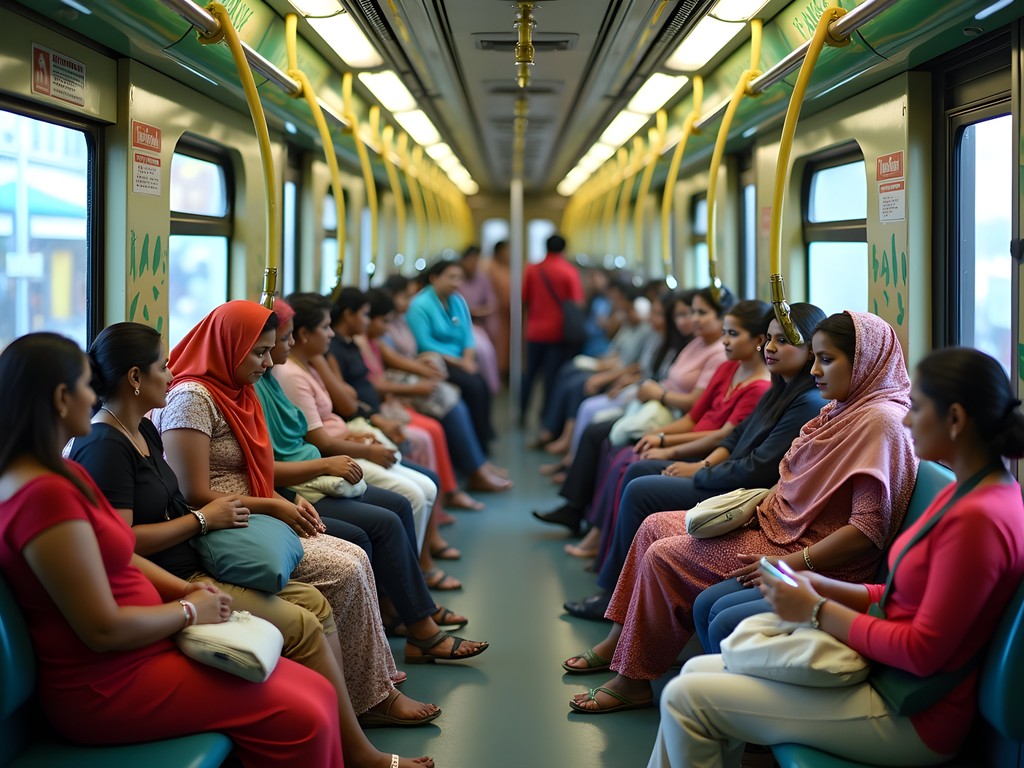
💡 Pro Tips
- Dress modestly – covered shoulders and knees attract less attention
- Use the women's compartment on local trains, especially during rush hours
- Save emergency contacts including your accommodation and the tourist police (1800-22-1090)
Sacred Geometry in Mumbai's Architecture
What fascinates me most about Mumbai is how sacred geometry manifests in both ancient and colonial structures. Winter's clear skies and perfect lighting reveal these patterns in ways that remain hidden during monsoon or summer haze.
The Gateway of India, built to commemorate King George V's visit, incorporates Indo-Saracenic design elements with geometric precision. Visit early morning (around 7 AM) when the rising sun illuminates the basalt arch structure, creating shadow patterns that align perfectly with the winter solstice angle. I've spent hours sketching these intersections of light and stone, noticing how colonial architects integrated local sacred mathematical principles into what was ostensibly a monument to empire.
For a more traditional expression of sacred geometry, the Banganga Tank in Walkeshwar provides a perfect square water reservoir surrounded by temples. The winter morning light creates perfect reflections that double the geometric patterns. This hidden gem remains off most tourist itineraries despite being one of Mumbai's oldest sacred sites.
My favorite discovery has been the Chor Bazaar area, where narrow lanes create natural golden ratio proportions in their layout. Walking these streets with my travel sketchbook has revealed fascinating patterns in the seemingly random arrangement of buildings and alleyways.
The CSMVS Museum (formerly Prince of Wales Museum) houses artifacts that demonstrate how sacred geometry influenced everything from textile patterns to architectural elements across centuries of Indian history. Their winter special exhibitions often focus on mathematical principles in art and architecture.
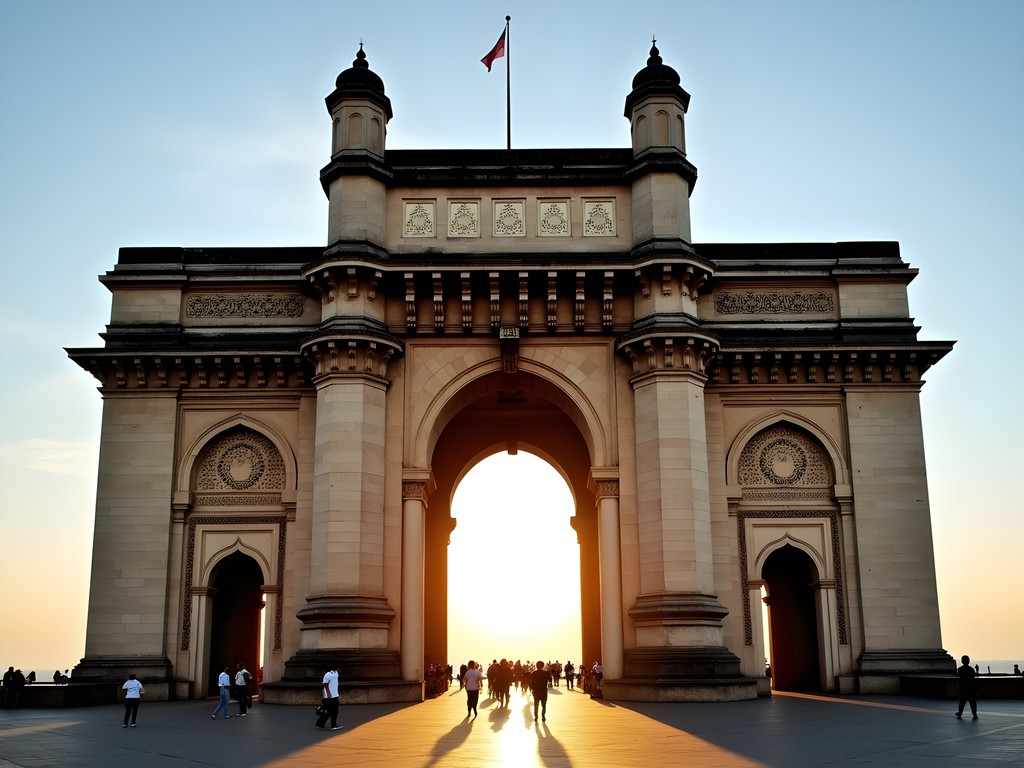
💡 Pro Tips
- Visit the Gateway of India before 8 AM to avoid crowds and capture the best geometric light patterns
- Bring binoculars to observe detailed geometric carvings on higher building facades
- Download a golden ratio overlay app for your phone camera to identify these patterns in architecture
Budget-Friendly Mumbai: Experiencing the Maximum City Minimally
Mumbai carries a reputation for being India's most expensive city, but my risk manager's eye for value has uncovered numerous ways to experience its richness without emptying your wallet.
Street food in Mumbai is legendary, and winter brings perfect outdoor dining weather. While many travelers fear stomach issues, I've found several reliable vendors by following a simple rule: eat where locals queue. Mohammed Ali Road offers incredible kebabs and rolls for under 200 rupees. My personal favorite is Bademiya in Colaba – their butter chicken rolls are transcendent. For vegetarians, the Gujarati thali restaurants in Fort area offer unlimited food for around 300-400 rupees.
For accommodation hacks, consider staying in the suburbs connected by the metro line and commuting into the city center. Areas like Andheri East offer quality budget stays at half the price of South Mumbai options. I've had excellent experiences with carefully vetted Airbnbs in residential neighborhoods, providing authentic glimpses into local life.
Mumbai's best attractions often cost nothing. Walking the Marine Drive promenade at sunset, exploring the historic neighborhoods of Kala Ghoda and Ballard Estate, or people-watching at Juhu Beach deliver quintessential Mumbai experiences without entrance fees. The Kanheri Caves in Sanjay Gandhi National Park require only a modest entrance fee yet offer spectacular ancient Buddhist carvings in geometric patterns that align with winter solstice light.
For shopping, skip tourist traps and head to Colaba Causeway or Linking Road in Bandra for local bargains. My anti-theft crossbody bag has been invaluable during these shopping expeditions, keeping essentials secure while leaving hands free for examining merchandise and negotiating.
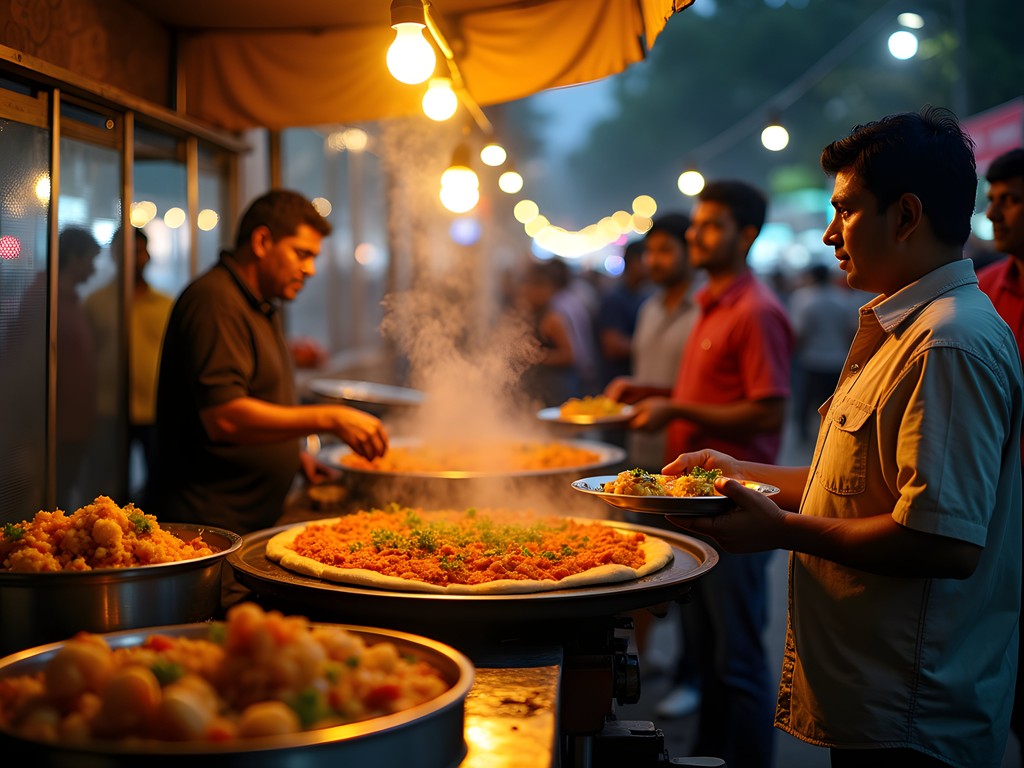
💡 Pro Tips
- Use the Mumbai Darshan BEST bus service – for under 150 rupees, you can hop on/off at major attractions all day
- Visit museums on their free entry days (usually the first Sunday of each month)
- Carry a reusable water bottle with built-in filter to avoid buying plastic bottles
Off the Tourist Trail: Mumbai's Hidden Gems
Beyond the Gateway of India and Marine Drive lies another Mumbai – one of hidden courtyards, forgotten temples, and neighborhoods pulsing with authentic local life.
Winter mornings are perfect for exploring the Worli fishing village, one of Mumbai's original settlements. Here, the Koli community (Mumbai's indigenous inhabitants) maintain centuries-old traditions. The geometric precision of their fishing net designs and the layout of their village follows ancient sacred principles that optimize both function and spiritual alignment. Arrive around 6 AM to witness the fishing boats return with their catch – a spectacle of organized chaos as the morning market springs to life.
For those seeking spiritual geometry, the Mumbadevi Temple (from which Mumbai derives its name) reveals fascinating mathematical proportions in its construction. Visit on Tuesday mornings when the crowds are manageable, and take time to observe how the structure creates specific shadow patterns during winter months.
One of my most transformative discoveries has been the hidden step wells of Mumbai. While not as famous as those in Rajasthan, these ancient water conservation structures incorporate sacred geometry in their design. The Banganga Tank in Walkeshwar is the most accessible example, but smaller versions exist throughout the older neighborhoods.
For a truly local experience, visit Dadar Flower Market before dawn. The geometric precision with which vendors arrange their marigold and jasmine garlands follows mathematical principles passed down through generations. The market's layout itself forms a mandala-like pattern when viewed from above.
During my explorations, I've found a travel scarf with hidden pocket invaluable for carrying essentials while maintaining a low profile in these less-touristed areas. The hidden zippered pocket keeps my phone and small amounts of cash secure yet accessible.
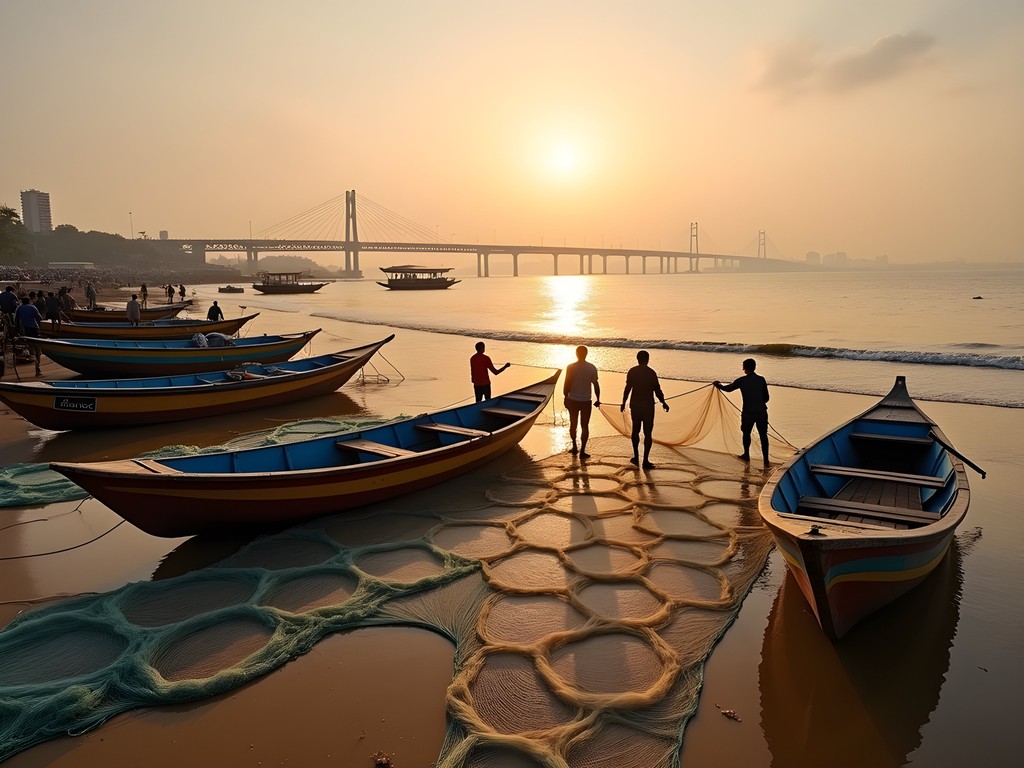
💡 Pro Tips
- Visit Dadar Flower Market between 4-6 AM for the most authentic experience
- Hire a local guide from Reality Tours for ethical slum tours that benefit community education projects
- Explore the Khotachiwadi heritage village in Girgaum to see preserved Portuguese-style houses
Seasonal Rhythms: Experiencing Mumbai's Winter Festivals
Winter in Mumbai (November through February) brings perfect weather and a calendar filled with cultural events that transform the city's public spaces into geometric celebrations of art, music, and tradition.
The Kala Ghoda Arts Festival (typically held in February) turns the historic art district into an open-air gallery where installations often incorporate sacred geometric principles. Artists create mandalas, yantra patterns, and golden ratio-based structures throughout the neighborhood. The festival's layout itself follows mathematical precision, creating natural flow patterns for visitors. I spend days here sketching the temporary installations and observing how people interact with these spaces.
December brings Mumbai's Christmas celebrations, particularly visible in the historic Bandra neighborhood where the East Indian Catholic community decorates their homes and streets following geometric star patterns that have evolved over centuries of cultural fusion.
For music lovers, the winter Banganga Festival hosts classical performances in the ancient tank's geometric amphitheater setting. The acoustics here result from precise mathematical calculations made by ancient architects, creating natural amplification for vocalists and instrumentalists.
Makar Sankranti in January transforms Mumbai's skies into a geometric canvas of colorful kites. Head to Chowpatty Beach or Shivaji Park to witness thousands of kites in mathematical flight patterns. The traditional kite designs themselves incorporate sacred ratios that optimize flight dynamics.
During these festivals, I rely on my compact binoculars to observe detailed geometric patterns in architecture and decorations from a distance. The lightweight design makes them perfect for day-long explorations of festival grounds.

💡 Pro Tips
- Check the Kala Ghoda Arts Festival schedule online and plan visits to specific installations
- Attend morning concerts at the Banganga Festival when the acoustics are best
- Purchase a traditional geometric kite from local vendors to participate in Makar Sankranti celebrations
Final Thoughts
Mumbai reveals itself differently to each visitor, but approaching this maximum city with awareness of its geometric rhythms and seasonal patterns unlocks experiences that remain hidden to most tourists. As a solo female traveler, I've found Mumbai to be challenging yet deeply rewarding – a place where ancient sacred principles coexist with modern chaos in perfect harmony. By balancing safety consciousness with cultural openness, you'll discover a city that offers extraordinary richness even on a modest budget. The winter months provide the perfect canvas for this exploration, with clear skies illuminating architectural details and comfortable temperatures encouraging lengthy wanderings through hidden neighborhoods. Whether you're tracing sacred geometry in colonial buildings or finding mathematical precision in fishing village layouts, Mumbai rewards the observant traveler with insights that transcend ordinary tourism. I invite you to experience this magnificent contradiction of a city through your own unique lens.
✨ Key Takeaways
- Mumbai is generally safe for solo female travelers who exercise appropriate caution and cultural awareness
- Winter (November-February) offers ideal weather conditions and special festivals
- Sacred geometric patterns are visible throughout Mumbai's architecture and cultural practices
- Budget-friendly experiences abound when you follow local patterns rather than tourist trails
📋 Practical Information
Best Time to Visit
November to February (winter)
Budget Estimate
$30-50 USD per day excluding accommodation
Recommended Duration
5-7 days
Difficulty Level
Moderate

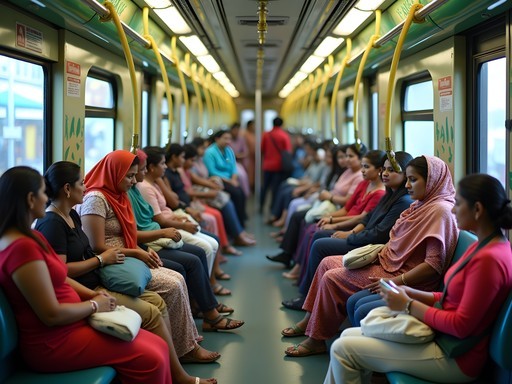
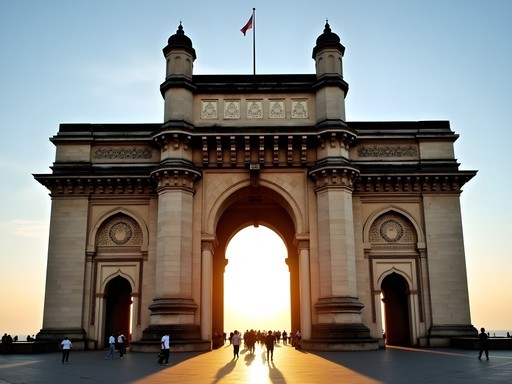

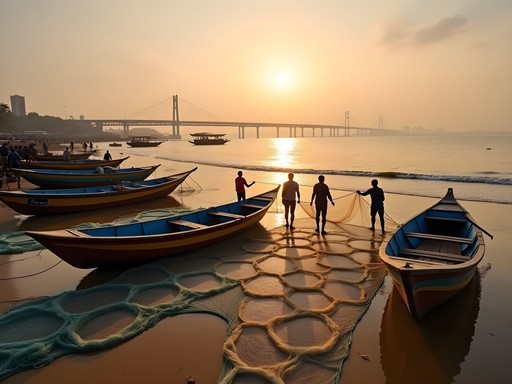
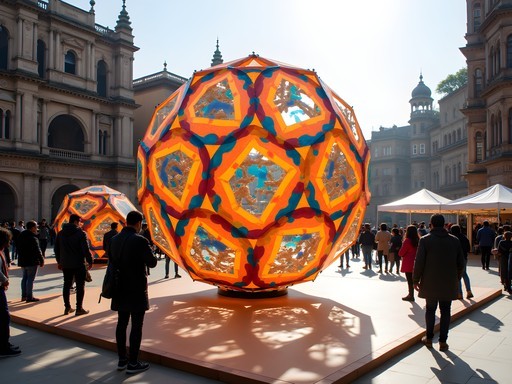


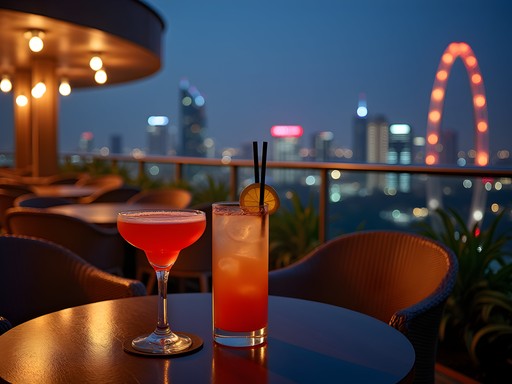
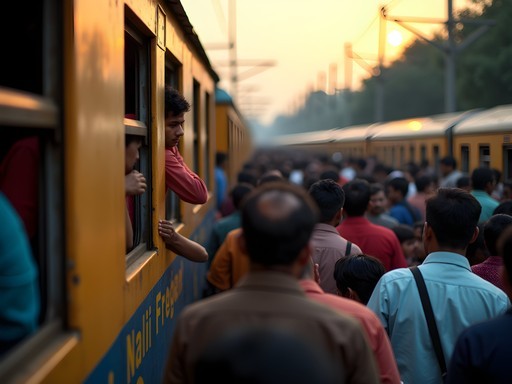
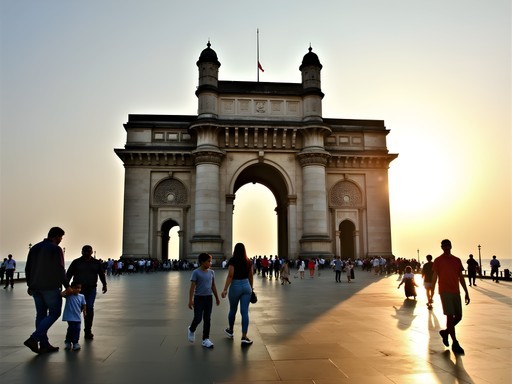
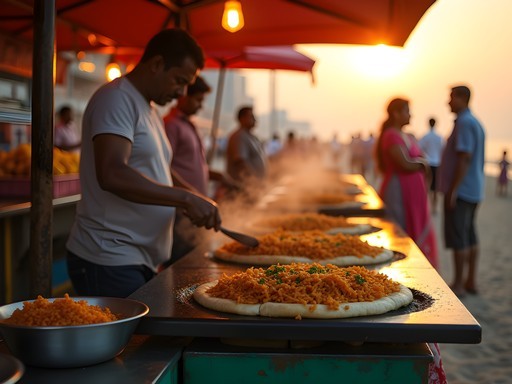
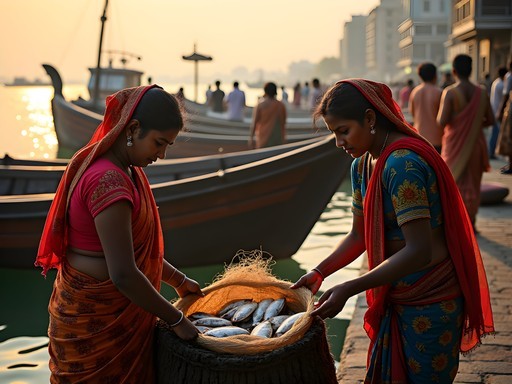

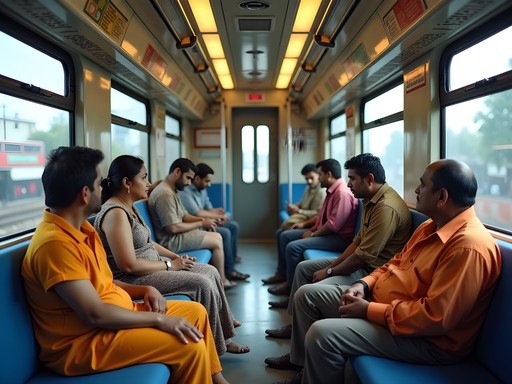
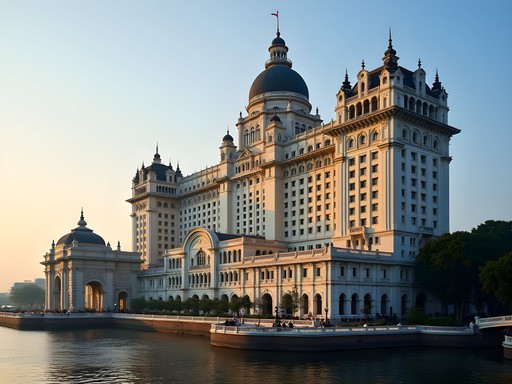
Comments
globemaster
Those photos of the Dhobi Ghat are STUNNING! Can't believe that's a working laundry area. Mumbai just moved to the top of my bucket list!
travelmood
Just got back from Mumbai last week! Your hidden gems section was so helpful - Worli fishing village was such an authentic experience away from the tourist crowds. The contrast between Dharavi and Antilia really shows the city's extremes. Did anyone else try the street food at Chowpatty Beach? Those pav bhaji stalls were the highlight of my trip!
travelwalker
I'm worried about getting sick from street food. Any tips?
travelmood
Go to stalls with lots of locals, watch them cook it fresh in front of you, and stick to hot foods. I had zero issues following those rules!
Gregory Boyd
Having visited Mumbai six times over the past decade, I can attest that Zoe's safety advice is spot-on. The city has transformed dramatically yet retained its core character. For solo female travelers, I'd emphasize the importance of confident body language - Mumbai locals can sense hesitation. The section on 'Sacred Geometry in Mumbai's Architecture' is fascinating - I've led photography walks focusing on exactly this aspect! One practical addition: I found my anti-theft crossbody bag invaluable in crowded markets like Crawford. For those seeking authentic local experiences, the morning flower market at Dadar is a sensory explosion worth the early wake-up call.
dreamvibes
Is it worth visiting Elephanta Caves? I've got 4 days in Mumbai and trying to prioritize.
Gregory Boyd
Absolutely worth it! The boat ride itself offers amazing views of the Mumbai skyline. Just start early to avoid the midday heat and crowds.
Jose McDonald
Mumbai's local trains are an experience in themselves! I spent 2 weeks exploring the city last year and found the ladies compartment on trains to be super helpful for solo female travelers. The chaos is part of the charm but definitely follow Zoe's advice about avoiding rush hours. Marine Drive at sunset is absolutely magical - grab some bhelpuri from a street vendor and just watch the city lights come alive. One thing I'd add - the Kala Ghoda arts district has some amazing little galleries that often get overlooked!
dreamvibes
Did you feel safe using the trains at night? I'm planning my trip and wondering if I should stick to Ubers after dark.
Jose McDonald
I personally used Ubers after 9pm just to be extra cautious. They're affordable and I found the drivers to be reliable. During the day, trains are fantastic though!
travelwalker
This is exactly what I needed! Heading to Mumbai next month as a solo traveler and was feeling nervous. Your safety tips are gold!
Zoe Kelly
So glad it's helpful! Feel free to DM if you have any specific questions before your trip!
travelwalker
Thanks Zoe! Will definitely take you up on that offer!
solo_adventurer_jane
Those architectural photos are stunning! The geometric patterns at Haji Ali are even more beautiful than I remembered.
indian_foodie_travels
Great post! For anyone visiting Mumbai, don't miss the street food at Juhu Beach in the evening. The pav bhaji there is to die for! Just make sure to watch them prepare it fresh.
vacationperson6364
Is the street food safe for foreigners? I really want to try everything but worried about getting sick!
indian_foodie_travels
Look for busy stalls where locals eat. If they're cooking it hot and fresh in front of you, it's usually fine! I always carry digestive aids just in case though.
travelbug_sarah
Love your safety tips! The ladies compartment on trains was a game-changer for me.
Frank Garcia
Brilliant post on Mumbai! I was there last year and your geometric analysis of the architecture is spot on - especially at Chhatrapati Shivaji Terminus. One hidden gem I'd add to your list is Khotachiwadi, a Portuguese-style heritage village in the middle of the city. It's like stepping into another era with its wooden houses and narrow lanes. For solo travelers concerned about safety, I found using the offline maps incredibly helpful for navigating Mumbai's complex streets without looking lost. The confidence of knowing where you're going makes a huge difference in any city.
wanderlust_dreamer
Khotachiwadi sounds amazing! Adding it to my list for next month's trip.
Frank Garcia
You won't regret it! Try to go on a weekday morning when it's quieter. There's a small cafe there run by a local that makes incredible coffee too.
Venture X
Premium card with 2X miles, $300 travel credit, Priority Pass